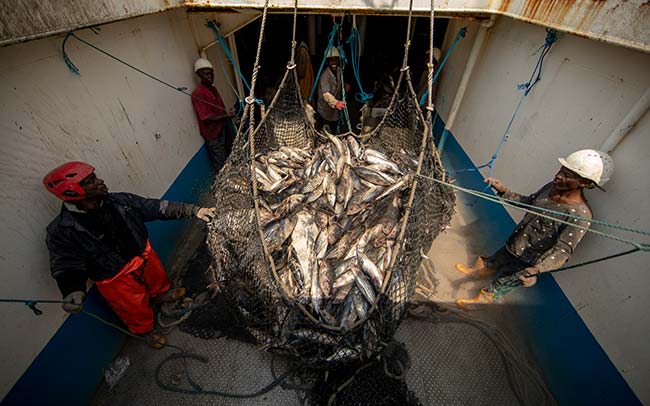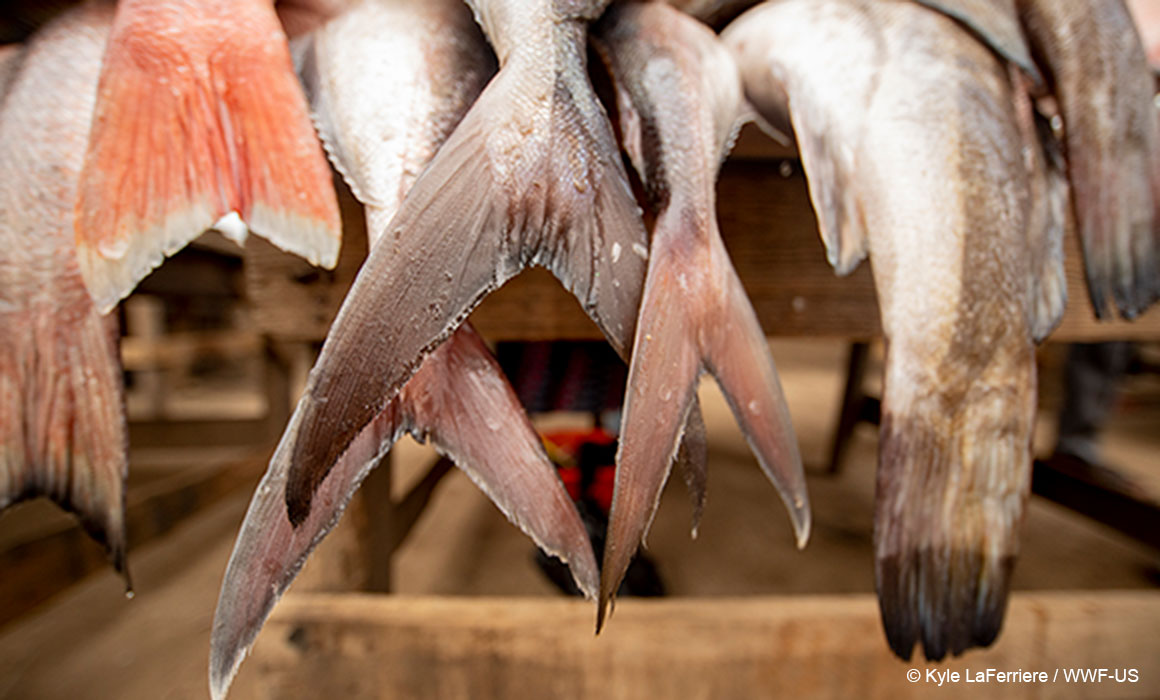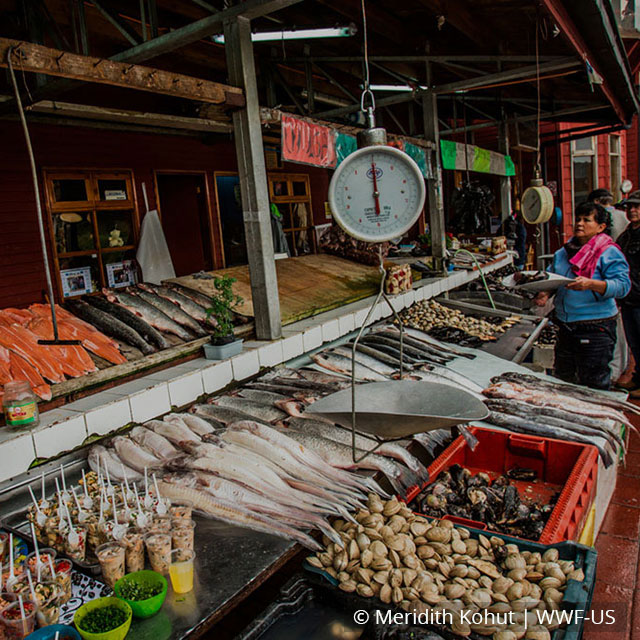By: David Schorr, Senior Manager, Transparent Seas, WWF
The ocean is experiencing stress like never before, and that raises the stakes for sustainable fishing.
In a new report, the Intergovernmental Panel on Climate Change (IPCC) warns that climate change is altering ocean ecosystems, affecting fish populations and the people who depend on them. The report calls for leadership on building better policy for managing and protecting seascapes to improve ocean resilience.
But the oceans cannot be fully resilient as long as overfishing remains a worldwide crisis threatening marine ecosystems. And to stop overfishing, we need to reform seafood supply chains so that consumers, governments, and even the seafood industry itself can track where and how fishing takes place, who is doing the fishing, and how seafood products reach their final markets.
We’re about to take a giant step toward making that happen.
Global industry leadership
Over the past three years, WWF has helped lead the Global Dialogue on Seafood Traceability (GDST) to help establish the first-ever comprehensive industry standards for seafood traceability. With more than five dozen companies from around the world and across seafood supply chains sitting at the table, the GDST is drafting standards that will dramatically improve the efficiency, reliability, and affordability of tracking seafood, helping businesses obtain and share the information they need about the origins of seafood products. That will lead to more transparent and reliable seafood supply chains, as consumers increasingly demand and as governments increasingly require.
In an important step towards solidifying industry commitment to GDST standards, last month the Dialogue announced the formation of a steering committee with eleven member companies and associations taking seats. There are some big names and big players involved, including Whole Foods Market, New England Seafood International and Thai Union, the parent company of Chicken of the Sea. For more information and a full list of the Steering Committee members, visit the GDST website.

For WWF the result is more marine life in the ocean. Improved access to data about fishing and aquaculture practices will lay a strong foundation for scientists to do assessments, for managers to make decisions, and for consumers to trust that the seafood they buy comes from responsible sources.
Crowd-sourcing solutions
While industry knowledge and leadership have been critical to reaching this point, there remains a great deal to learn from experts in technology who sit outside the seafood sector.
In October, WWF and its partner in organizing the GDST—the Institute of Food Technologists’ Global Food Traceability Center—supported a pair of hackathons in Cologne, Germany, and in Bali, Indonesia. These exciting events allowed the tech community to demonstrate how
new industry standards can be put to use. The hackathons worked with the beta version of the GDST standards, and built on pilot tests already carried out by a dozen seafood companies. Hackers used real seafood company data to generate proofs of concept that spur innovation in the tech and seafood communities.
These developments are helping take years of quiet technical work within the GDST across an important threshold, out into the public arena where they can be used. Global standards for seafood traceability may sound complex and obscure, but just like the standards that allow consumers to use cell phones, ATMs, and credit cards all around the world, the GDST standards can reshape the way seafood is bought and sold. More data and greater accountability means good news for stewardship of our planet’s oceans.
Next year is shaping up to be filled with high-profile conservation milestones. While area-based conservation, climate targets, and international agreements will likely make a splash, there’s one target we’ll be keeping a particularly close eye on—the rollout of guidelines and technical standards to allow key information to flow easily across the seafood sector.




